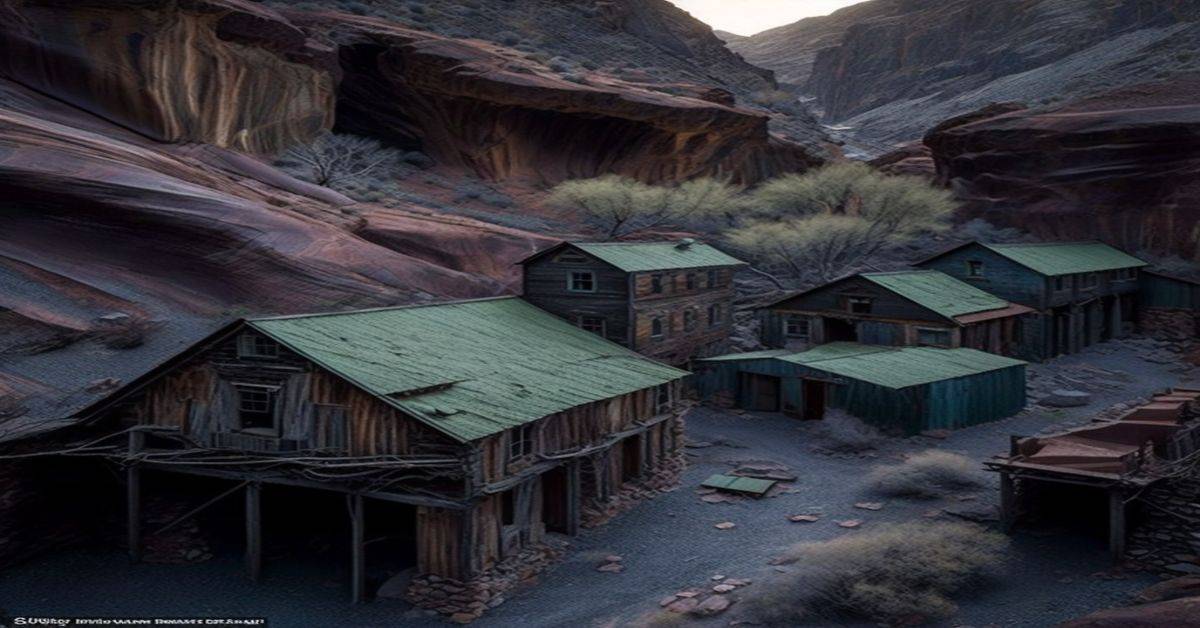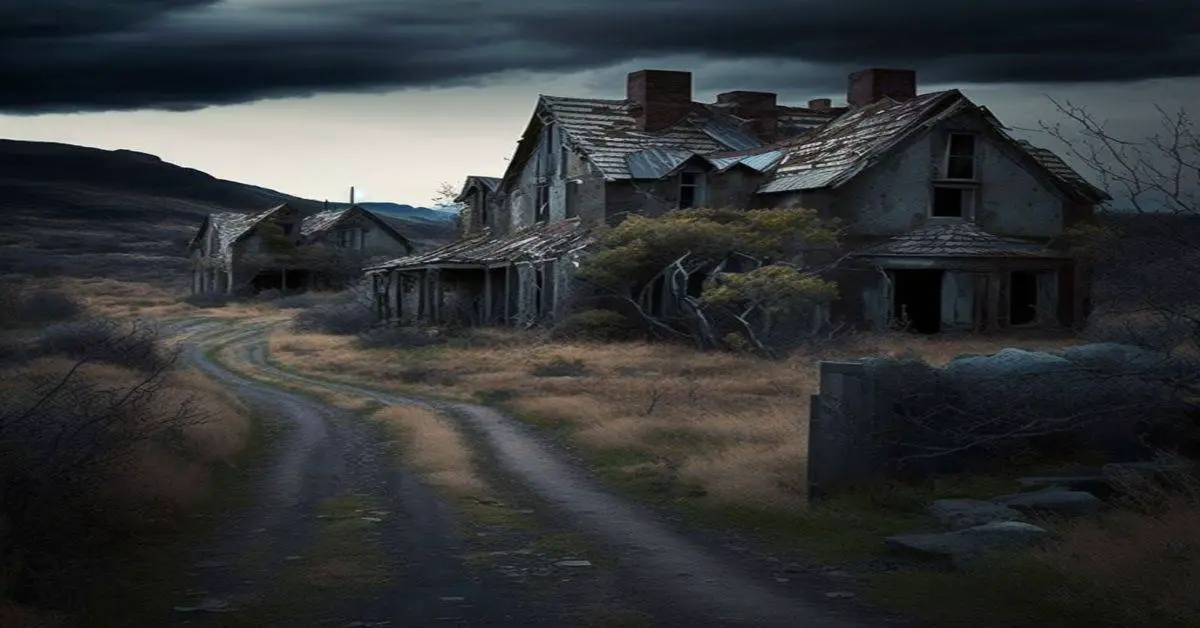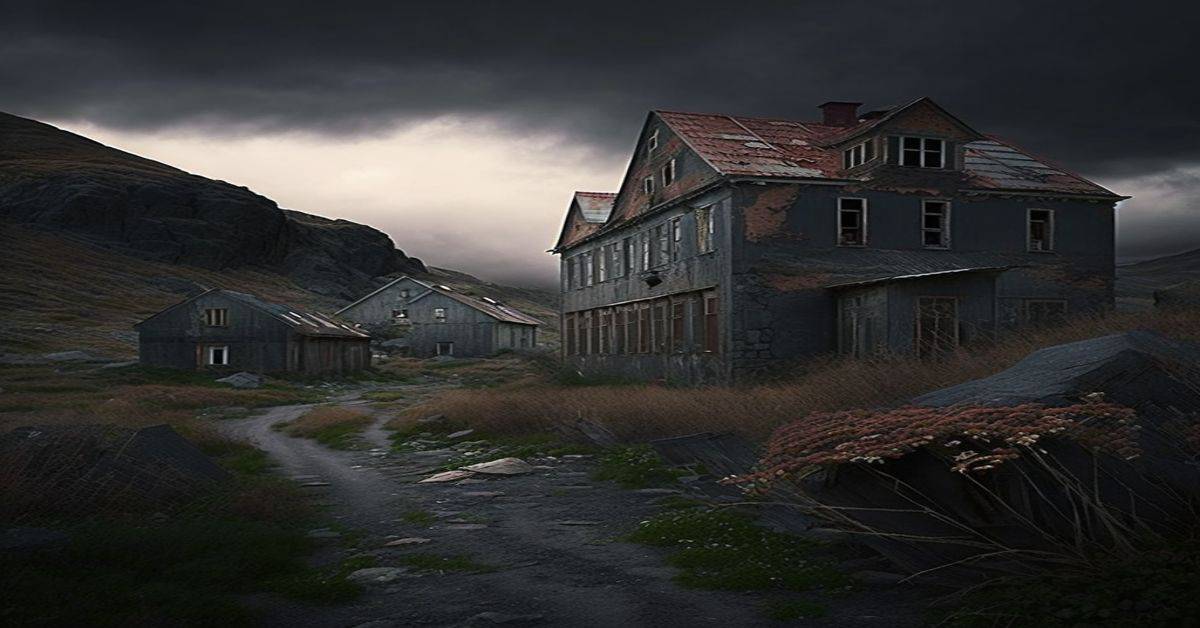The Gamble Plantation, once a thriving estate in Ellenton, Florida, now stands as a ghost town, a testament to the haunting history of the antebellum South. Built in 1842 by Major Robert Gamble, the plantation spanned over 3,000 acres and housed 182 slaves in their quarters.
The mansion, built to withstand hurricanes, is a physical reminder of the plantation’s past. But beyond its impressive architecture and expansive grounds lies a dark history that speaks to the devastating impact of slavery, the Civil War, and the Seminole War.
The Gamble Plantation offers a glimpse into the lives and struggles of those who lived and worked there, an insight into the complex social and political landscape of the time. From the sugar mill ruins to the mansion’s eerie stillness, visitors can explore the grounds and uncover the stories of those who once called this place home.
The haunting history of Gamble Plantation is not just a reminder of the past but a call to reflect on the present, to reckon with the legacy of slavery and its ongoing impact on society today.
Key Takeaways
- The Gamble Plantation in Ellenton, Florida was built in 1842 and housed 182 slaves in their quarters. The plantation was a bustling working environment, with sugar cane being the primary crop.
- Restoration efforts at Gamble Plantation have been focused on the mansions, with the 1844 mansion being an architectural wonder with walls made of tabby 24 inches thick. The mansion was designed with a rainwater collection well to provide drinking water due to the high water table in the area.
- The Seminole Wars devastated Native American communities, who suffered displacement, loss of life, and trauma. The history of the Gamble Plantation serves as a reminder of the violence and exploitation that Native Americans faced at the hands of settlers and the American government.
- It is crucial to acknowledge and learn from this history to move towards a more equitable future, and exploring the plantation and mansion can offer a unique opportunity to learn about the history of the area and the people who lived and worked there.
Location and Remains
The location of Gamble Plantation in Ellenton, Florida is marked by the remains of a restored 1844 mansion, a restored 1872 Patten home, and sugar mill ruins that have not been restored.
Visitors to the plantation can explore the restored mansions and learn about the history of the plantation and the people who lived and worked there. However, the sugar mill ruins, located 3/4 mile from the mansion, may be overlooked by some visitors.
Despite the lack of restoration efforts, exploring the ruins can provide a glimpse into the past and the daily operations of the plantation.
Restoration efforts at Gamble Plantation have focused on the mansions, with the 1844 mansion and the 1872 Patten home being restored to their former glory.
The 1844 mansion, built by Major Robert Gamble, is a particular architectural wonder, with walls made of tabby 24 inches thick and designed to withstand hurricanes. Visitors can tour the mansion and learn about life on the plantation during the 19th century.
However, the sugar mill ruins provide a different experience, offering a glimpse into the less glamorous aspects of plantation life and the harsh realities of slavery.
Plantation and Mansion
Constructed in the year 1842 by Major Robert Gamble, the plantation consisted of 3,450 acres and had 182 slaves with slave quarters. The mansion, built in 1844, was a grand example of antebellum architecture with walls made of tabby 24 inches thick. It was designed to withstand hurricanes that frequently threatened the area. The plantation was not just a home for the Gamble family but also a bustling working environment, with sugar cane being the primary crop.
Here are four interesting facts about the plantation and mansion:
- The mansion’s walls were made of tabby, lime, sand, and crushed oyster shells.
- The mansion was designed with a rainwater collection well to provide drinking water due to the high water table in the area.
- The plantation had 182 slaves who lived in slave quarters on the property.
- The mansion was constructed to be hurricane-resistant, and it survived several hurricanes that hit the area during its time as a working plantation.
Exploring the architecture of the mansion and the life of slaves on the plantation provides a glimpse into the past and the way of life during the antebellum period. The mansion and its surroundings are a testament to the wealth and status of the Gamble family, but they also remind us of the harsh realities of slavery.
The plantation and mansion offer a unique opportunity to learn about the history of the area and the people who lived and worked there.
Seminole War and Miscellaneous
Following the end of the Second Seminole War in 1842, the area surrounding the Gamble Plantation opened up for settlement, leading to the establishment of the town of Ellenton. This civilian impact played a significant role in the history of the plantation, as the plantation owners depended on the labor of enslaved Africans to maintain the plantation’s operations.
The plantation’s history is a reminder of the complex relationship between Africans’ enslavement and the American economy’s growth.
Additionally, it is important to consider the Native American perspective on the events that led to the establishment of the plantation. The Seminole Wars devastated Native American communities, who suffered displacement, loss of life, and trauma.
The history of the Gamble Plantation serves as a reminder of the violence and exploitation that Native Americans faced at the hands of settlers and the American government.
Acknowledging and learning from this history to move towards a more equitable future is crucial.
Frequently Asked Questions
Are there any reported paranormal experiences or sightings at Gamble Plantation?
There are no documented reports of paranormal experiences or sightings at Gamble Plantation. However, several paranormal investigations and ghost stories have been associated with the property, adding to its mystique and allure for visitors.
What is the current state of the surrounding land and is it used for agriculture or other purposes?
The current state of the surrounding land of Gamble Plantation includes neighboring communities and agricultural use. The plantation’s original 3,450 acres have been reduced and the mansion, Patten home, and sugar mill ruins remain as historical sites.
How did the slaves on the plantation live and what was their daily life like?
Slavery conditions on Gamble Plantation were harsh, with 182 slaves living in cramped quarters and working long hours in the sugar fields. Cultural practices were suppressed, and punishments for disobedience were severe, including whippings and being sold away from family.
Has the mansion been used for any other purposes since Major Patton’s family sold it?
The Gamble Plantation mansion has not been used for any other purposes since Major Patton’s family sold it. However, the mansion’s potential redevelopment is significant due to its historical significance and tabby walls built to withstand hurricanes.
Are there any rumors or legends associated with the burned-down mill ruins, and have there been any attempts to restore it?
The burned-down mill ruins at Gamble Plantation are historically significant relic of Florida’s sugar industry and the Civil War. Preservation efforts have focused on stabilizing the ruins rather than restoring them. No rumors or legends were found.


